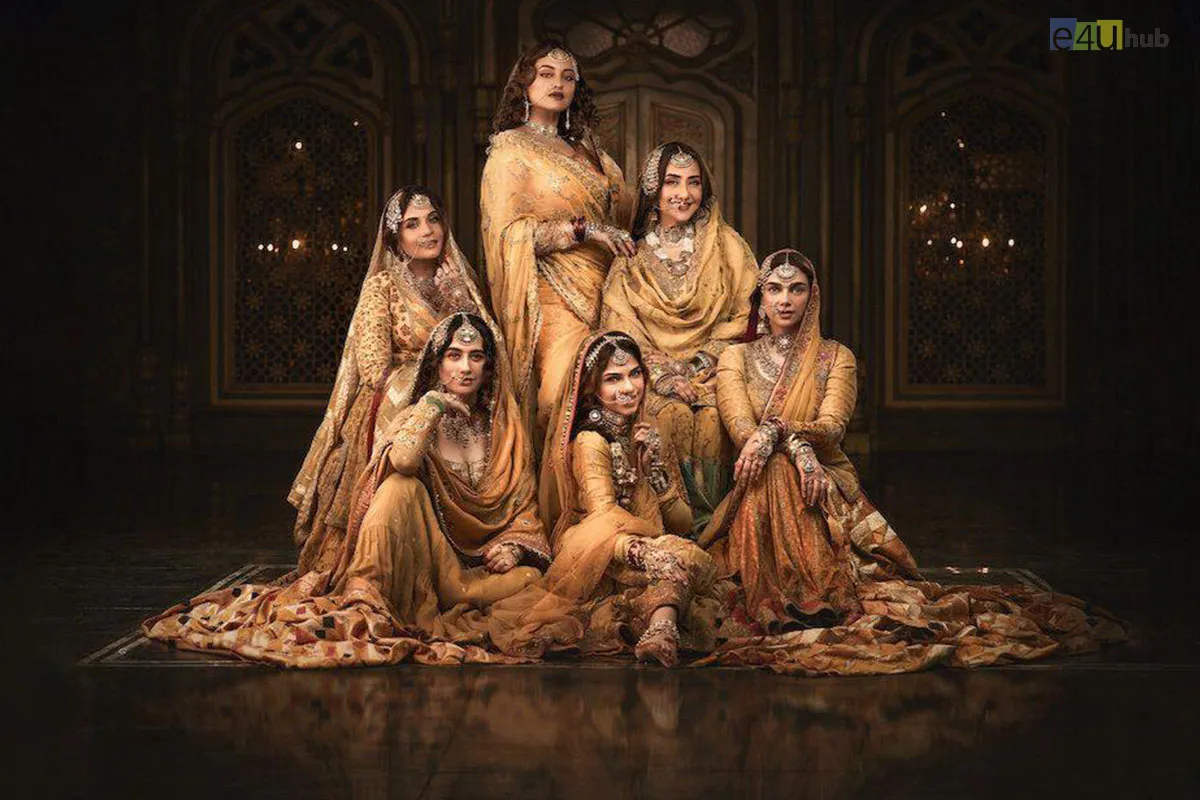
From Script To Screen: The Art Of Cinematic Storytelling
- 12 Feb, 2024
- Entertainment
- 761 Views
- 0 Comments
Cinema has the power to captivate audiences, evoke emotions, and transport viewers to different worlds. At the heart of every great film lies a compelling story, meticulously crafted through the art of cinematic storytelling. From the initial scriptwriting process to the final edit on the screen, each stage of filmmaking contributes to the creation of a memorable and impactful cinematic experience. In this series of blogs, we'll delve into the intricacies of cinematic storytelling, exploring the journey from script to screen and uncovering the magic behind some of the most beloved films of all time.
1. The Genesis of a Story:
The journey of cinematic storytelling begins with the spark of an idea. Whether inspired by real-life events, literary works, or pure imagination, the process of developing a screenplay involves transforming an abstract concept into a cohesive narrative. We'll explore the importance of strong character development, compelling plot structure, and thematic depth in laying the foundation for a successful screenplay.
2. The Craft of Screenwriting:
Screenwriting is both an art and a craft, requiring skillful storytelling techniques and a deep understanding of the medium. We'll examine the principles of screenwriting, from crafting engaging dialogue and building tension to mastering pacing and structure. Through analysis of screenplay excerpts and case studies, we'll uncover the secrets of effective storytelling on the page.
3. Pre-Production: Bringing the Story to Life:
Once the screenplay is complete, the journey from script to screen enters the realm of pre-production. This phase involves assembling a creative team, scouting locations, casting actors, and planning every aspect of production. We'll explore the collaborative nature of filmmaking and the role of each department in translating the written word into visual storytelling.
4. Production: Capturing the Vision:
With the groundwork laid in pre-production, the cameras start rolling as the story comes to life on set. From directing performances and blocking scenes to capturing stunning visuals and orchestrating complex camera movements, the production phase is where the magic of cinematic storytelling truly takes shape. We'll delve into the challenges and triumphs of filmmaking on location and in the studio.
5. Post-Production: Shaping the Narrative:
After the final shot is captured, the focus shifts to the post-production process, where the raw footage is transformed into a polished cinematic masterpiece. Through the art of editing, sound design, visual effects, and scoring, the story is refined and enhanced to create a cohesive and immersive viewing experience. We'll explore the role of post-production in shaping the narrative and evoking emotion in the audience.
6. The Premiere: Sharing the Story with the World:
Finally, the moment arrives to share the finished film with audiences around the world. Whether through theatrical release, streaming platforms, or film festivals, the premiere marks the culmination of months or even years of hard work and dedication. We'll celebrate the art of cinematic storytelling and the profound impact it has on audiences, transcending language, culture, and borders.
Conclusion:
From script to screen, the art of cinematic storytelling is a collaborative and transformative process that captivates, inspires, and entertains audiences around the world. Through the exploration of each stage of filmmaking, we gain a deeper appreciation for the craft and creativity that goes into bringing stories to life on the silver screen. As we continue to celebrate the magic of cinema, let us honor the storytellers, filmmakers, and artists who continue to push the boundaries of imagination and innovation in pursuit of cinematic excellence.














Leave a Reply